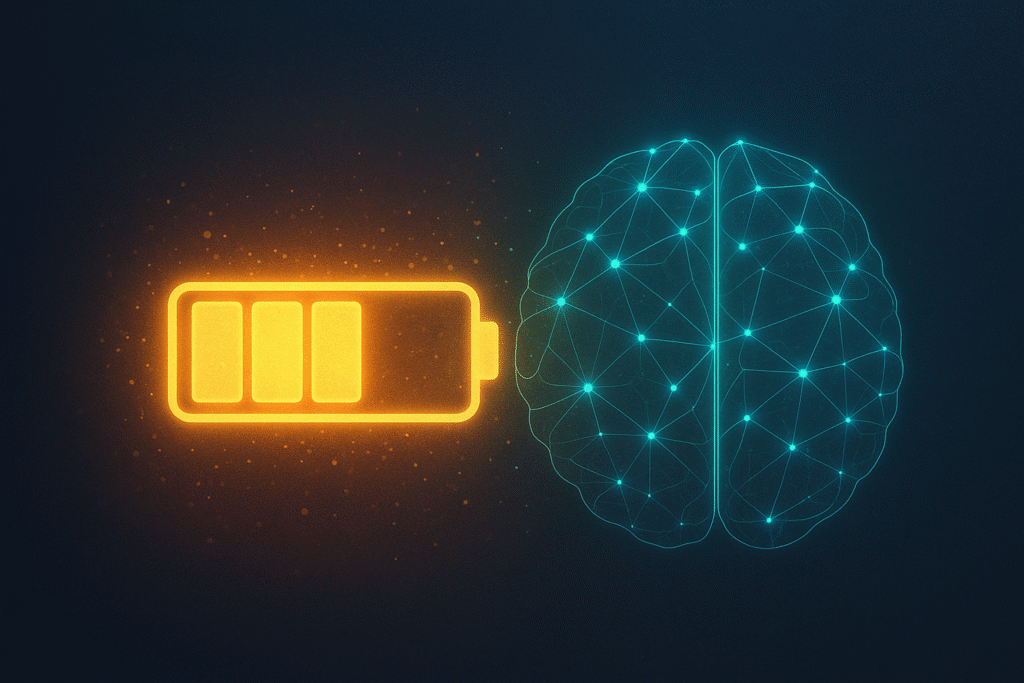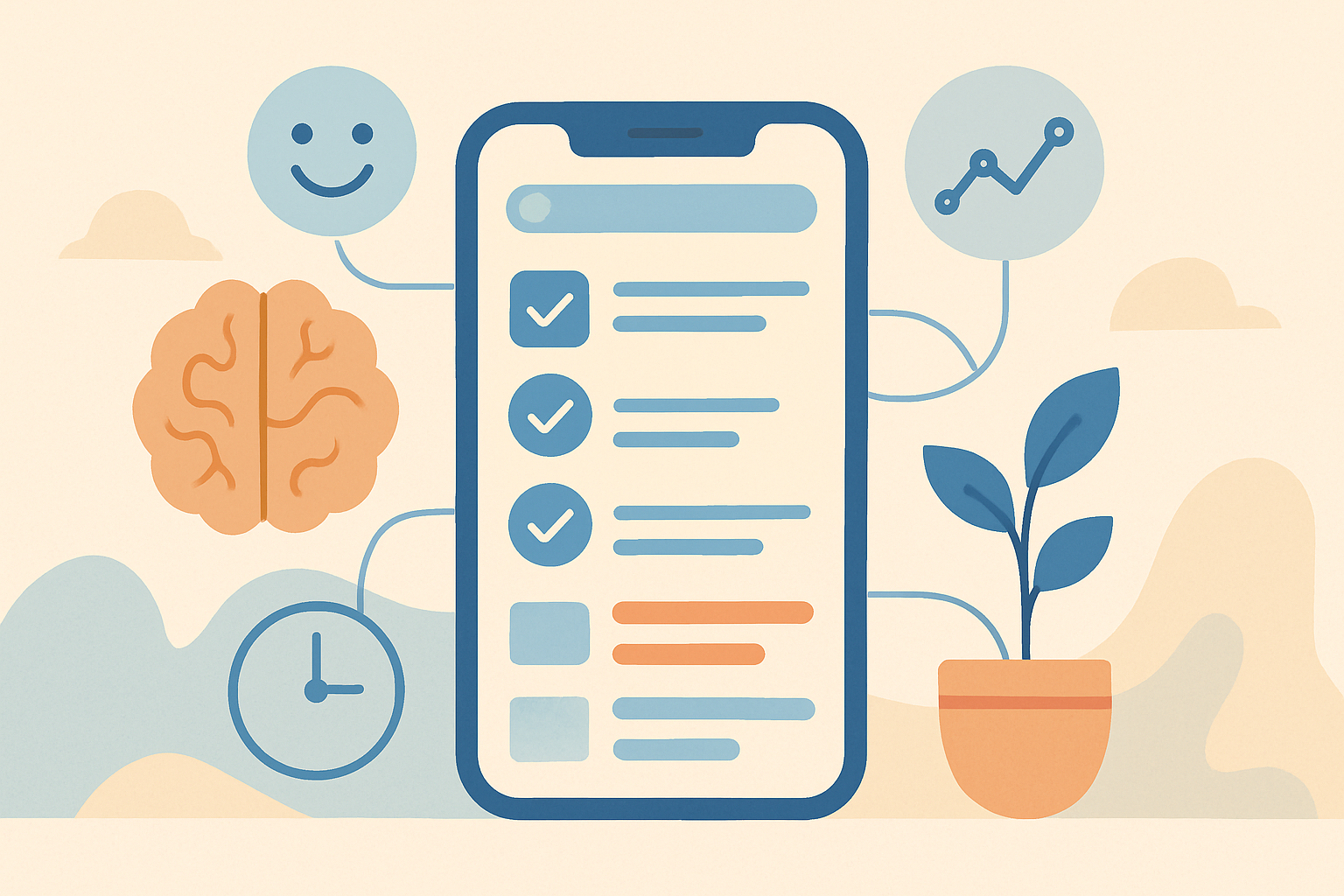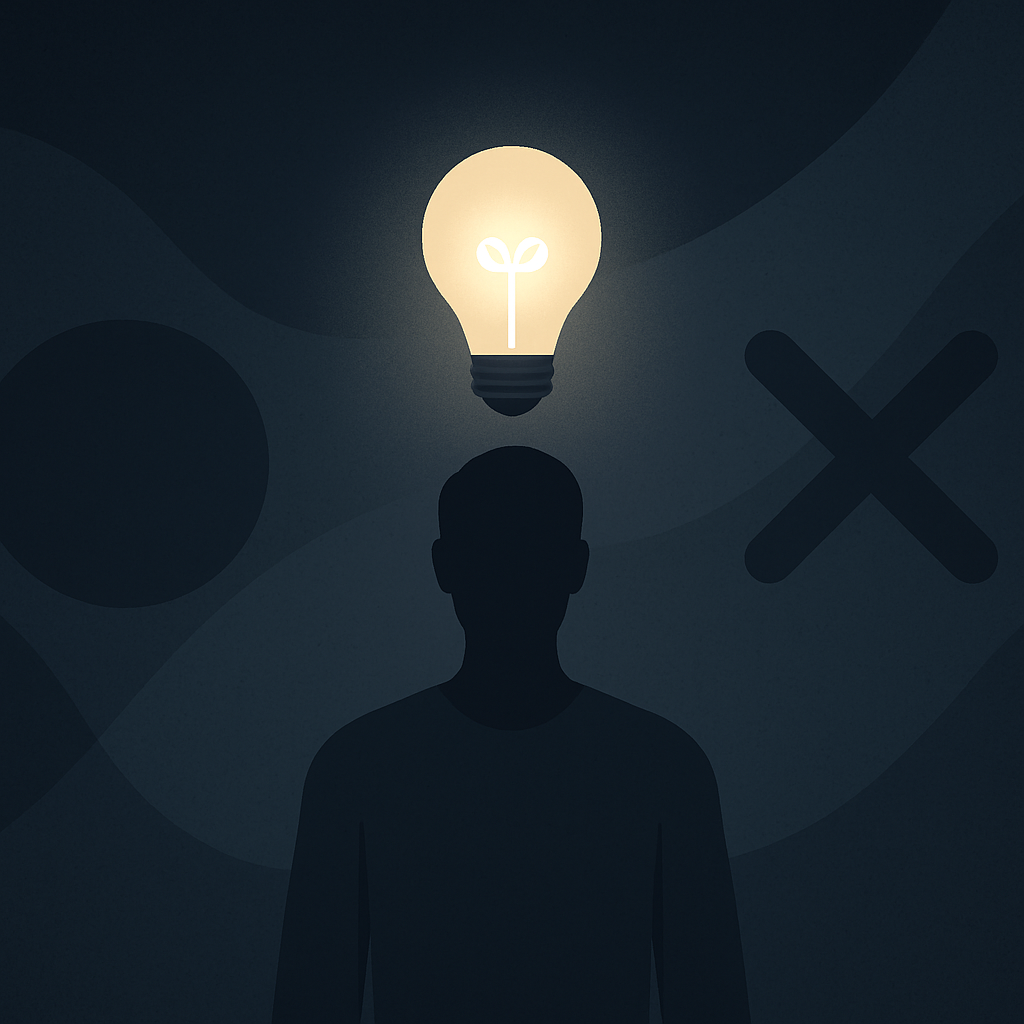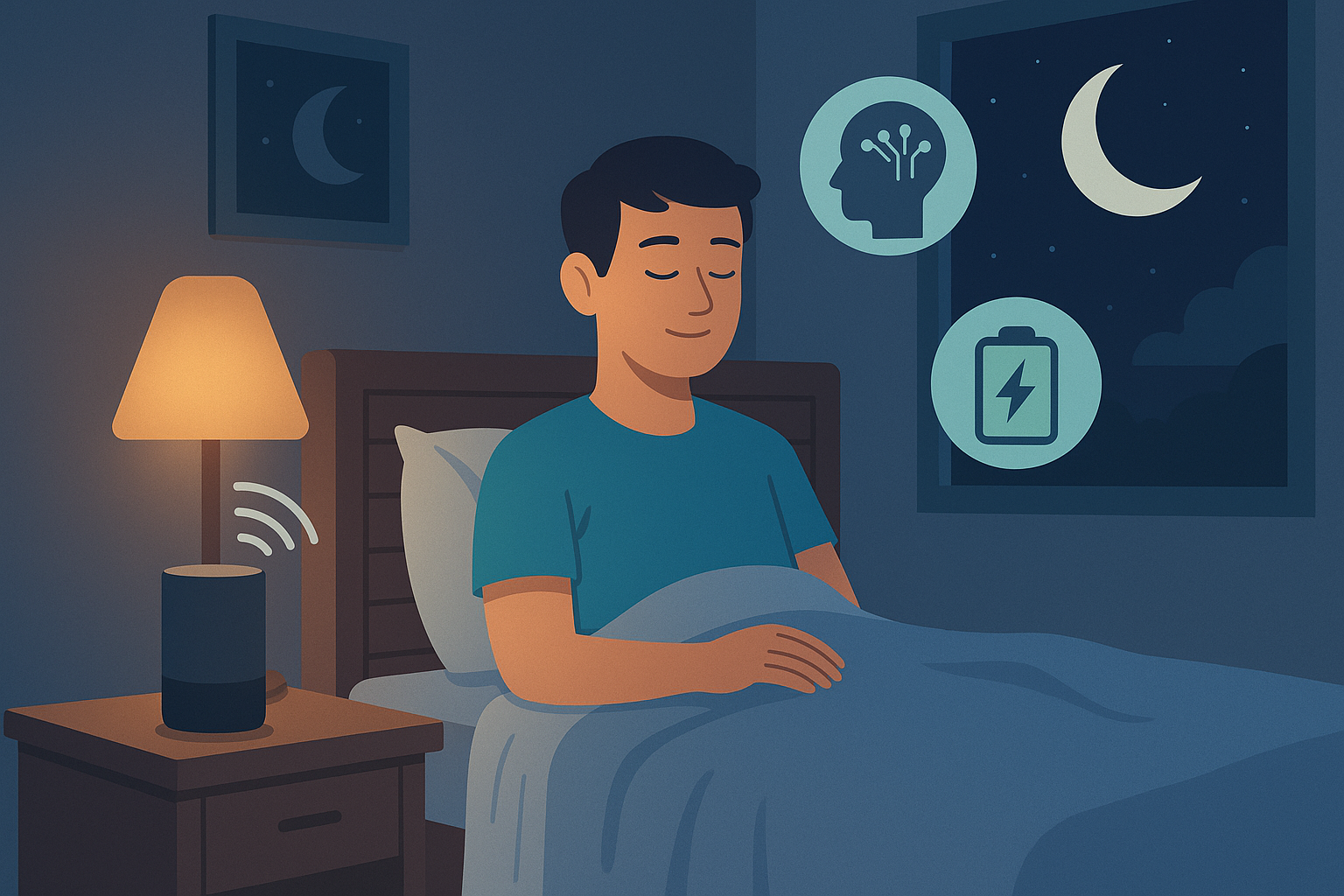We live in an age that celebrates constant activity. Productivity is often measured in hours worked, emails sent, and notifications answered. Yet neuroscience and performance science tell a different story: the true driver of sustainable productivity is rest.
Rest isn’t a reward you earn after working hard — it’s the foundation that makes deep work possible. When rest becomes intentional, it transforms the way your brain performs, restores attention, and unlocks creativity that relentless effort can’t reach.
This isn’t about doing less. It’s about doing better — and understanding how recovery powers performance.

The Neuroscience of Rest and Productivity Performance
Every thought, decision, and task consumes a chemical currency called adenosine triphosphate (ATP) — the brain’s energy fuel. When your cognitive load is high for too long, ATP drops and mental clarity fades. That’s why after hours of focused work, even small choices feel hard.
Rest allows the brain to restore these resources. During downtime, neural networks that handle creativity and insight — particularly the default mode network (DMN) — become active. Far from “doing nothing,” your brain is busy connecting ideas, consolidating memory, and processing emotions.
Studies from Harvard and the University of Illinois confirm that brief, structured breaks improve concentration and accuracy by over 40%. The key lies in balance: alternating between deep engagement and deliberate rest.
Why Constant Effort Kills Productivity
Modern work culture often treats exhaustion as a badge of honor. Yet pushing through fatigue actually reduces net output. The prefrontal cortex — responsible for logic, planning, and creativity — becomes less efficient under chronic stress.
Without rest, your ability to enter flow states diminishes, and mental focus fragments into reaction mode. It’s not lack of motivation — it’s neurochemical depletion.
The paradox is that working less can lead to more effective work when rest is strategically built into your schedule. High-performing athletes and CEOs alike follow this principle: stress + recovery = growth.
The Four Layers of Rest
Rest isn’t limited to sleep. It operates in four complementary layers that sustain long-term productivity:
| Type of Rest | Description | Impact on Productivity |
|---|---|---|
| Physical Rest | Sleep, naps, breathing, light movement | Restores energy and reduces fatigue |
| Mental Rest | Short breaks, focus resets, journaling | Clears cognitive clutter |
| Sensory Rest | Digital detox, silence, reduced light | Calms overstimulation and anxiety |
| Creative Rest | Reflection, nature, meditation | Enhances idea generation and insight |
The best productivity systems integrate all four. For example, taking a five-minute sensory break after two hours of digital work can restore up to 80% of mental alertness.
Rest, when intentional, becomes the architecture of sustainable effort.
Using AI to Productivity Optimize Recovery
Artificial intelligence is beginning to redefine how we rest. Instead of waiting for burnout to signal recovery, AI systems can now anticipate fatigue through data.
Tools like Oura Ring, Reclaim AI, and Endel measure heart rate variability, sleep cycles, and digital activity to determine your ideal balance between work and rest. They don’t just tell you to “take a break” — they calculate when and how long that break should be.
Example:
After three hours of deep writing, your smartwatch detects declining focus via heart rate and typing rhythm. The AI pauses notifications, dims screen brightness, and launches Endel’s “Recharge Mode” — a 7-minute ambient session proven to restore parasympathetic balance.
Once you return, you’re not only refreshed — you re-engage faster and think sharper. This is productivity guided by intelligence, not impulse.
Table: Building a Rest-Integrated Productivity Workday
| Time | Activity | Rest Integration | Result |
|---|---|---|---|
| 8:30–10:00 | Deep Work Session | 10-min Endel AI break | Sustained focus |
| 10:15–12:00 | Collaboration | 5-min breathing + short walk | Better clarity |
| 12:00–13:00 | Lunch | Screen-free time | Energy recovery |
| 15:00–17:00 | Second Focus Block | Adaptive sound environment | Maintained creativity |
| 17:30–18:00 | Wrap-up | Journaling or reflection | Mental closure |
This cycle mirrors your natural ultradian rhythms — 90–120-minute energy waves the body follows throughout the day. By aligning work to these biological patterns, you achieve balance instead of burnout.
The Myth of 24/7 Hustle
The “always-on” mindset is seductive because it feels productive. Yet real productivity is measured by outcomes, not hours. Cognitive science shows that the human brain can maintain high-level focus for only about four hours per day. The rest of the time should be used for strategic thinking, recovery, and low-intensity tasks.
Some of history’s most prolific minds — from Einstein to Hemingway — worked in focused bursts, surrounded by long stretches of rest, reflection, and physical movement. They weren’t lazy. They understood energy as a finite resource.
Modern tools allow us to replicate that rhythm with precision. AI helps automate recovery prompts, reduce digital noise, and align your workflow with your biology.
How Rest Improves Decision Quality
When your brain is rested, your anterior cingulate cortex (ACC) — the region linked to emotional regulation and error detection — functions optimally. That means you make decisions from clarity instead of reactivity.
Overwork, on the other hand, activates the amygdala, increasing anxiety and impulsive behavior. This shift explains why tired teams often misjudge deadlines, overcommit, or make short-sighted calls.
Taking a strategic pause before major decisions — even a brief walk or mindfulness session — allows neural noise to settle. It’s the science behind “sleeping on it.” Rest isn’t delay; it’s data consolidation.
Rest as a Competitive Advantage
In a high-speed economy, those who rest strategically outperform those who don’t. Companies like Google, Microsoft, and SAP have already implemented structured recovery programs — nap pods, silent rooms, AI-coordinated focus blocks — not as perks, but as productivity infrastructure.
The future of work isn’t about grinding longer; it’s about optimizing cycles of performance and recovery. In that sense, rest isn’t a weakness — it’s a skill.
When you learn to rest effectively, you stop treating your brain as a machine and start treating it as a living system. Productivity then becomes sustainable, human, and deeply intelligent.
Conclusion
True productivity doesn’t come from constant action — it comes from rhythm.
Rest isn’t time lost; it’s time invested in sharper focus, deeper creativity, and better thinking.
By understanding your body’s natural patterns and using AI tools to support recovery, you turn rest into an intentional part of your workflow. The result isn’t just more output — it’s better output, achieved with clarity and balance.
In the long run, rest isn’t the opposite of productivity. It’s its most powerful engine.
Further Reading & Related Insights
Internal link:
- AI and Mindfulness: Think Slower, Work Smarter — Discover how AI and mindfulness combine to enhance awareness and mental clarity at work.
External links:
- Harvard Business Review – The Case for the 15-Minute Break
- University of Illinois – The Science of Attention and Rest Cycles
Blog
This section provides an overview of the blog, showcasing a variety of articles, insights, and resources to inform and inspire readers.
-

AI Habit Tracking and the New Rhythm of Modern Self-Improvement
AI Habit Tracking. Progress used to depend on discipline. Now, it depends on data.…
-

AI Decision Making and the New Discipline of Intentional Living
AI Decision Making. Every “yes” has a cost. Every time you agree to something…
-

The Perfect AI Night Routine to Sleep Better and Think Smarter
AI Night Routine. Your morning doesn’t begin when you wake up — it begins…
